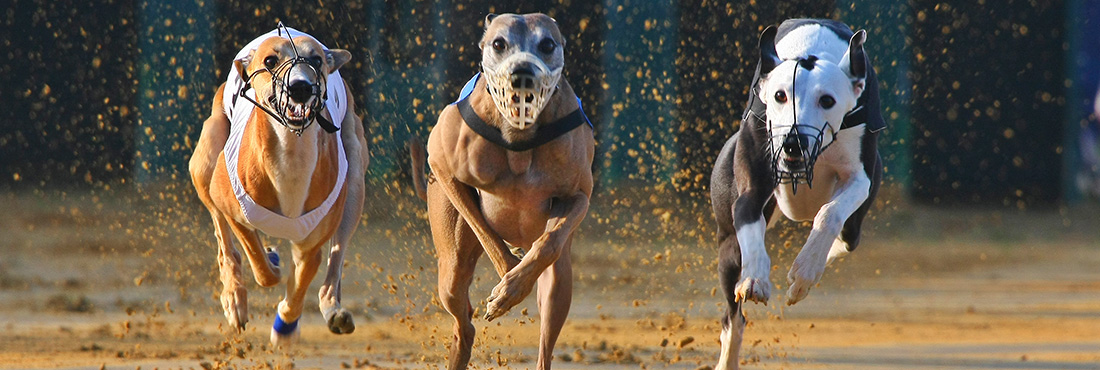If you have ever gazed into your pooch’s puppy-dog eyes and wondered why you go soft for his charms, then there’s a reason. And it is not your puppy’s fault. It is just the way he has been bred.
A new study has revealed that humans are the reason for the doleful eyes found in many of today’s domestic canine breeds. And breeding in this trait is thought to have started over 30,000 years ago, all in the name of creating a bond between dog and human.
The study has been conducted by the Rangos School of Health Sciences at Duquesne University in Pittsburgh. Senior author of the report, Professor Anne Burrows, said that the resulting ‘mutual gaze’ between dog and human is unique in the mammal world.
“This is something we do not observe between humans and other domesticated mammals such as horses or cats,” said Professor Burrows in a statement. “Throughout the domestication process, humans may have bred dogs selectively based on facial expressions that were similar to their own.”
The study, which was presented at the American Association for Anatomy annual meeting in Philadelphia, has based its findings on fibers found in facial muscle samples from both domesticated dogs and wolves.
When compared with its genetic cousin, the wolf, domestic dogs have more ‘fast-twitch’ fibers in their facial muscles. It is these fibers than enable the animal to mimic a human’s expression or look at us directly in ways that appeal.
“These differences suggest that having faster muscle fibers contributes to a dog’s ability to communicate effectively with people,” Burrows said.

Muscles in the body contain fast-twitch fibers which allow for more sudden, powerful movements. However, it is difficult to keep up this intensity so the fast-twitch muscles will tire quickly. Slow-twitch fibers, on the other hand, are more leisurely in their movement, and so the movement can be sustained for much longer.
Mammals use tiny ‘mimetic’ muscles to form facial expressions. These muscles contain many fast-twitch fibers to speed up the movement, for example a human’s sudden smile in response to a compliment.
“Over time dog muscles could have evolved to become ‘faster,’ further benefiting communication between dogs and humans,” Burrows added.
According to the study, wolves have a lower percentage of these fast-versus-slow-twitch fibers when compared to today’s domestic canines. The wolf would benefit from slow-twitch muscles around the eyes and face to sustain a howl whereas more fast-twitch fibers help dogs get attention with a wider variety of facial expressions.
It is the increase in faster-twitch muscles in domestic dogs that is believed to contribute to the ability of today’s canines to communicate effectively with people.
A previous 2019 study by Burrows and her research team also discovered that unlike wolves, domestic dogs have a muscle which can raise their ‘inner eyebrow’ to create an eye area that looks larger and more child/puppy-like.
This ‘puppy-dog eyes’ expression is thought to resemble the sad facial expression of a human, “making them irresistible and resulting in a nurturing response from humans,” said report coauthor Madisen Omstead.
Another muscle, known as the retractor anguli oculi lateralis muscle, also pulls the outer corners of a dog’s eyelids toward the ears, producing an ‘eye smile’ in the canine. The only breed not to exhibit this ‘eye smile’ is the Siberian husky, which is more closely related to wolves than other breeds.
Omstead said that humans are still unconsciously choosing these doleful characteristics, referring to another study conducted in 2013. The study showed that dogs who had such expressions were “rehomed more quickly than less expressive dogs, reinforcing this type of evolutionary scenario even today.”
And it is this ability to relate to and communicate with our canine best friend that makes them totally irresistible.







